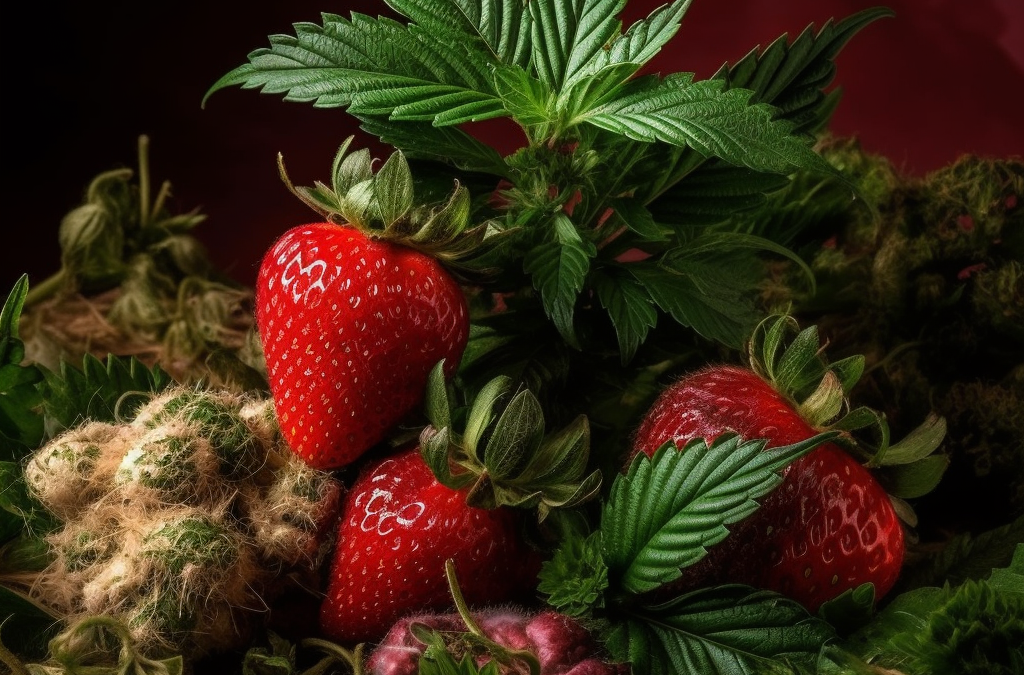
The positive effects of cannabis on menstrual pain in women
Menstrual pain, also known as dysmenorrheic pain, is a common and often burdensome issue that affects many women during their reproductive years. Conventional treatment methods, such as nonsteroidal anti-inflammatory drugs and hormonal therapies, are not always effective or well-tolerated. Therefore, there is a growing need for alternative approaches to alleviate menstrual pain.
In recent years, cannabis has drawn the attention of researchers due to its potential therapeutic properties. In particular, the main components of cannabis, tetrahydrocannabinol (THC) and cannabidiol (CBD), have been extensively studied. Studies examined the positive effects of cannabis on menstrual pain and discussed the underlying mechanisms.
The results indicate that cannabis could be a promising option for relieving menstrual pain. THC, the psychoactive component of cannabis, has analgesic and anti-inflammatory effects by interacting with the cannabinoid receptors in the central nervous system. This can contribute to the modulation of pain perception and reduce the intensity of menstrual pain.
Furthermore, CBD, a non-psychoactive component of cannabis, possesses anti-inflammatory, antispasmodic, and anxiolytic properties. It also interacts with cannabinoid receptors and has a synergistic effect with THC. Due to its anti-inflammatory properties, CBD can help reduce the inflammatory processes that can accompany menstrual discomfort. The antispasmodic properties can contribute to relieving menstrual cramps, while the anxiolytic properties can help alleviate psychological symptoms such as mood swings and irritability.
Although these results are promising, further clinical studies are needed to determine the optimal dosage, formulation, and long-term effects of cannabis in the treatment of menstrual pain. It is also important to consider the potential risks and side effects of cannabis, particularly in terms of individual tolerability and effects on cognitive function.
Nonetheless, the results provide important insights into the potential of cannabis as an alternative therapeutic option for women suffering from menstrual pain. With further investigations and comprehensive medical supervision, cannabis could potentially become an effective and well-tolerated option for the treatment of menstrual pain in the future, taking into account individual differences and preferences of the patients.




